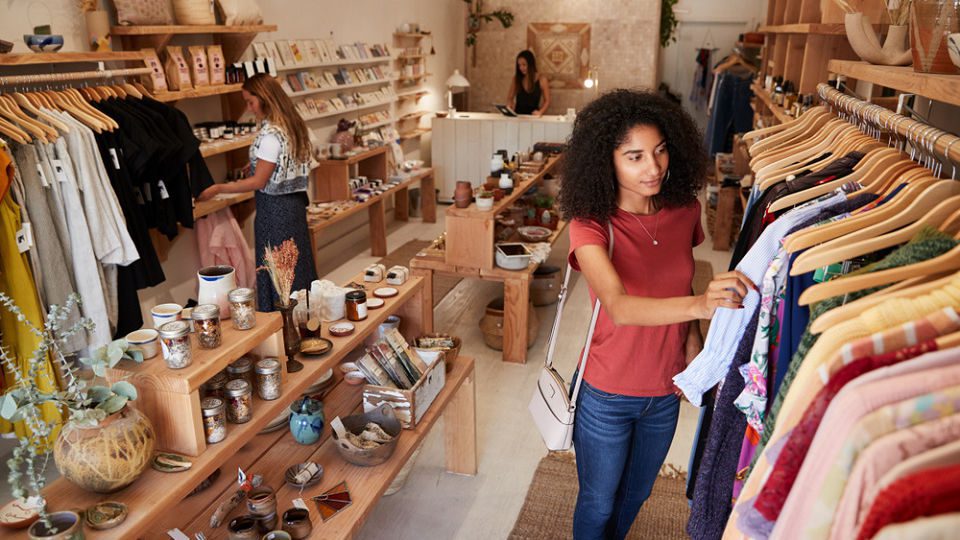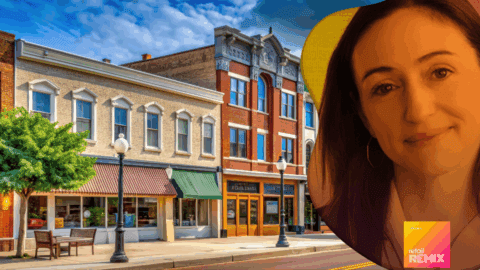COVID-19 is reshaping the retail landscape, but many of the major changes taking place represent an acceleration of existing trends. That’s why retailers and their ecosystem partners can better prepare for the future by understanding where they were already headed and compare it to the new trajectories created by the coronavirus.
Deloitte looked at seven trends in its The future is coming … but still one day at a time report, both in terms of where the industry stood at the start of 2020 and what it looks like midway through a turbulent year. The reported focused on long-term trends, with an eye on how they have shifted in the relatively short window of COVID-19 activity.
“We keep an eye on these trends so we’re able to quantify and understand how they may change over time,” said Bobby Stephens, Partner/Principal at Deloitte in an interview with Retail TouchPoints. “This was really amplified by COVID-19. It’s not that anyone could have predicted a novel virus doing what it did and spreading like it did, but if people predict some sort of downturn scenario, then they are ready for when it happens. If we watch some of these trends, we’ll be more prepared going forward.”
Some of the trends highlighted by the study include:
- Private label was already on a growth trajectory, but COVID-19 will accelerate its adoption by shoppers and provide additional incentives for retailers;
- Newer business models, such as online grocery delivery and apparel resale, were growing, but the pandemic has accelerated the adoption of some while stunting growth in others; and
- Smaller stores were already gaining popularity, and the pressures of temporary closures, along with growing online fulfillment, may cause square footage to shrink even further.
COVID-19 Creates The Foundation For Private Label Renaissance
Interest in private label products, from supermarket-branded foods to Amazon Basics hard goods, have been on the rise for the past several years. Mass merchants in particular have benefited from this change: private label sales in the segment have increased by 41% over the past five years, approximately 4X higher than overall private label growth.
Much of this growth has been fueled by the “premiumization” of private label. Even though discount products still make up the bulk of the category, the share of premium private label goods climbed from 15.7% to 19% over the past three years. Additionally, the percentage of consumers willing to pay the same or more for private labels over name-brand products rose from 34% in 2014 to 40% in 2019.
Now COVID-19 has given shoppers another reason to turn to private label: availability. More than 65% of shoppers traded brand preference for brand availability due to COVID-19 stockouts. That’s significant because getting shoppers to try a new product is one of the hardest parts of converting a customer to a different brand.
“There was an acceleration in the last couple of years, but that became supercharged during COVID-19 due to stockouts and the availability of national brands,” said Stephens. “I don’t want to say people were forced, but a lot of the time the only thing available was the private brand, and therefore many consumers tried one for the first time and were likely pleased.”
Overall private label dollar sales were up 15% year-over-year during Q1 2020, surpassing national brand growth by 33%. Deloitte expects that growth to remain strong due to economic factors affecting both shoppers and retailers:
- People uncertain about the financial atmosphere will be more willing to turn to the discount side of private label, where the perception of quality has been steadily increasing; and
- Retailers looking to make up for a difficult quarter will find private label an attractive proposition, as these products can generate 25% to 30% higher margins than national brands.
Not All New Business Models Adapted Well To A Pandemic
COVID-19 has been kinder to some up-and-coming retail models than others. Shoppers increased spending in less traditional food categories such as meal kits, online groceries and prepared food delivery services, by 40% to 70% in April. Before the pandemic hit, annual food delivery growth had been expected to reach a more modest 8.7% growth rate.
In comparison, one hot market that may cool off is resale. The overall resale market has grown 21X faster than the retail apparel market over the past three years, and it was expected to reach $23 billion by 2023, but safety concerns are rising to the forefront. Overall apparel sales dropped 70% year-over-year, and the nature of the resale market in particular introduces new health and safety concerns. Stephens expects most potential entrants to enter “wait and see” mode for the time being.
However, even though many retailers will be leery about undertaking new adventures at such a delicate time, the most successful players may take this opportunity to augment their capabilities via partnerships or strategic acquisitions of struggling brands. This can be seen in Walmart’s partnership with ThredUP, marking the retail giant’s entry in a space that other retailers may be avoiding in the near future.
“I certainly think those who have done well will be able to make acquisitions and formulate more strategic partnerships with some of these new business models,” said Stephens. “We’ve seen that with some of the big players in the recent days and weeks. That’s where being in a position of strength during a downturn is almost a superpower.”
Growing E-Commerce Could Accelerate A Shift Toward Smaller Stores
The pandemic also may accelerate retailers’ embrace of smaller stores located closer to shoppers’ homes. Retail was already shrinking in terms of floorspace: total square footage dropped by 4.4% over the past 10 years, even as the U.S. store count increased from 244,000 to 270,000.
With nearly 60% of retail square footage in the U.S. forced to temporarily close due to COVID-19, many retailers have retooled stores to serve as fulfillment centers and have focused on contactless pickup. Both shoppers and retailer have been learning about the contactless experience this model enables, which could potentially herald a major shift in how certain retailers operate.
“When you look at the types of stores and categories that are achieving net new stores openings, you’re seeing a lot of stores that are in the grocery, convenience, mass or drug categories: places that provide a wide variety of everyday items,” said Stephens. “The ability to be even closer to the consumer, to better enable in-store pickup, curbside, drive-thru and last mile delivery — either their own or via third-party — was a really good rite of passage during COVID-19, and it’s very likely to continue to expand.”













